
This week the best part of the 90s has returned in full force with the Niantic’s release of Pokémon Go. You guys, this is like that thing when they re-released Oregon Trail for mobile devices…but better.
For those not in the know, Pokémon Go basically blurs the lines between the real world and the virtual world by allowing “Pokétrainers” to catch em’ all as they go through their everyday lives. Quite effectively getting the nerds out into nature to exercise. Sneaky sneaky.
Reports have poured in regarding the rather interesting places people have found themselves looking for wild Pokémon. From strip clubs to delivery rooms, you never know where a Squirtle may be hiding. Perhaps even next to a dead body.
With that said, I think we can all agree, there are good places to look for Pokémon and very bad, bad places to look for Pokémon. We here at Deep Sea News believe it is our sacred duty to keep the public well informed of all things ocean-faring and would like to point out some of the places that perhaps you shouldn’t go looking for your next Seel or Horsea. You’re welcome.
1. Mariana Trench
Nearly 7 miles down (36,070 feet), the Mariana Trench clocks in as the deepest point in the world’s oceans. Not only would you not be able to see anything, but the pressures 1,000x that of sea level would crush you and your hopes of catching all the Seadra lurking around in the ocean’s depths. Of course, if you are besties with James Cameron…you might have a chance.
2. Rocky Intertidal Zone
Unlike most of the sea stars on the West Coast of the United States, Starmie’s are immune to Sea Star Wasting Disease so you might actually by lucky enough to find one. However, you must remember that they occupy one of the most extreme ecosystems in the world, the Rocky Intertidal Zone. Thus, in order to be the very best like no one ever was, you must first combat some potentially massive wave action.
3. Hydrothermal Vents
Ironically, there are probably a crap ton of Pokémon at hydrothermal vents and most likely the rarest and most exotic species of all. These vents are teaming with biological diversity uniquely adapted to this most extreme environment comprised of high temperatures and seemingly toxic water. They are adapted…you aren’t.
4. Cook Inlet (Anchorage, Alaska)
Boasting some of the most dramatic tidal exchanges in the United States, this area off the coast of Anchorage, Alaska is no place for Pokétrainers. Krabby and the rest of the water Pokémon won’t get stuck in the quicksand-like glacial silt, but you might. Combine that with a 12.2 m tidal shift and Team Rocket trying to steal your Pokémon will be the least of your worries.
5. Dead Zone (Gulf of Mexico)
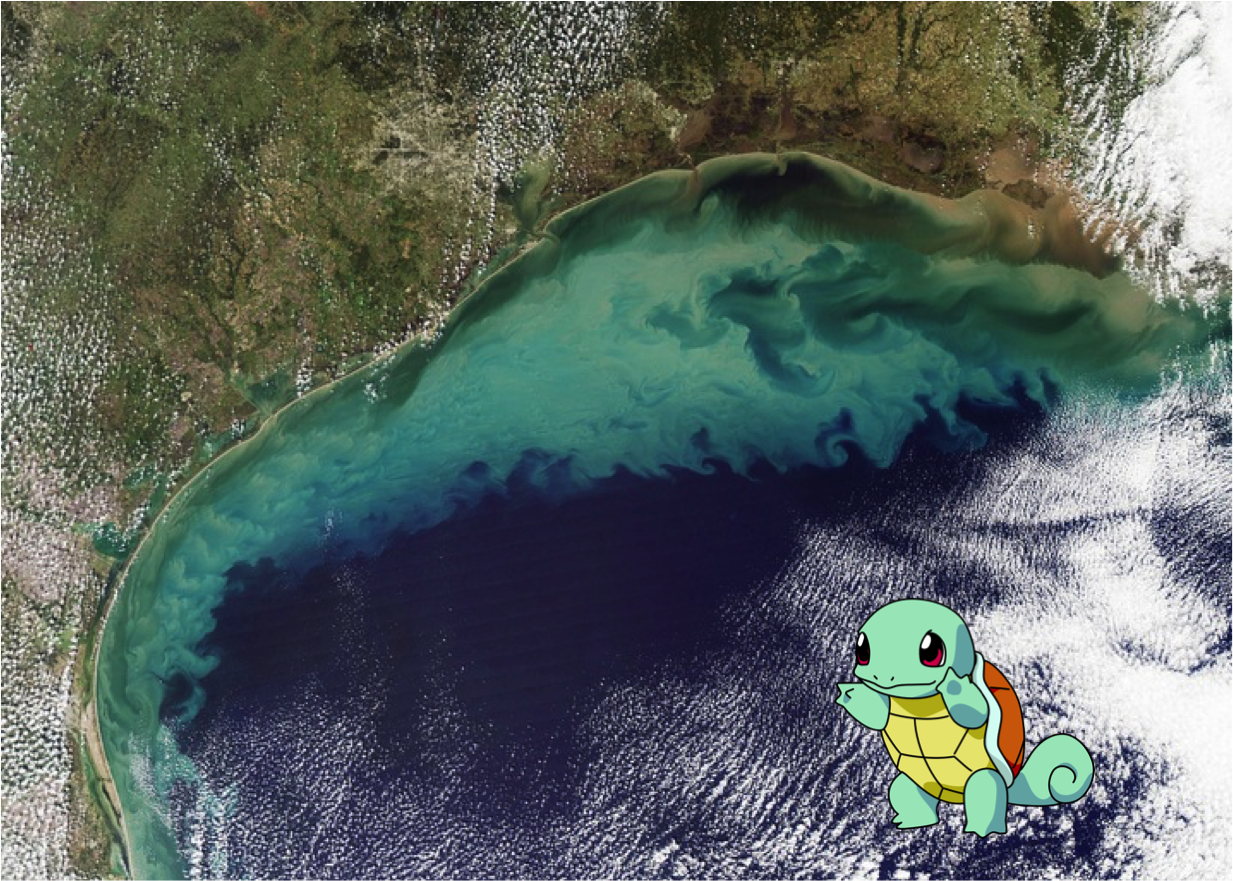
Hypoxic Areas, or Dead Zones, occur when the level of dissolved oxygen in the water column is so low that the area can no longer support aerobic life (note: of which I assume for the sake of this post Pokémon to be). The United States claims domain over one of the second largest hypoxic zones world wide, the Mississippi River mouth in the Northern Gulf of Mexico. This is due, in major part, to large agricultural nutrient run-off. Do not let the photoshopped Squirtle in this picture fool you. There are no Pokémon here. They are all dead.
6. Polar Region
Let’s be real. It’s cold. There is ice everywhere. You don’t have an ice breaker. Though with climate change the way it’s going, catching that Seel might just be a waiting game.
7. Mediterranean Sea
“The United Nations Environment Programme has estimated that 650,000,000 tons of sewage, 129,000 tons of mineral oil, 60,000 tons of mercury, 3,800 tons of lead and 36,000 tons of phosphates are dumped into the Mediterranean each year.” Probability has it that the Mediterranean Sea is the world’s most polluted ocean, meaning that there are most likely low levels of Pokémon and high levels of “you don’t want to swim there”.


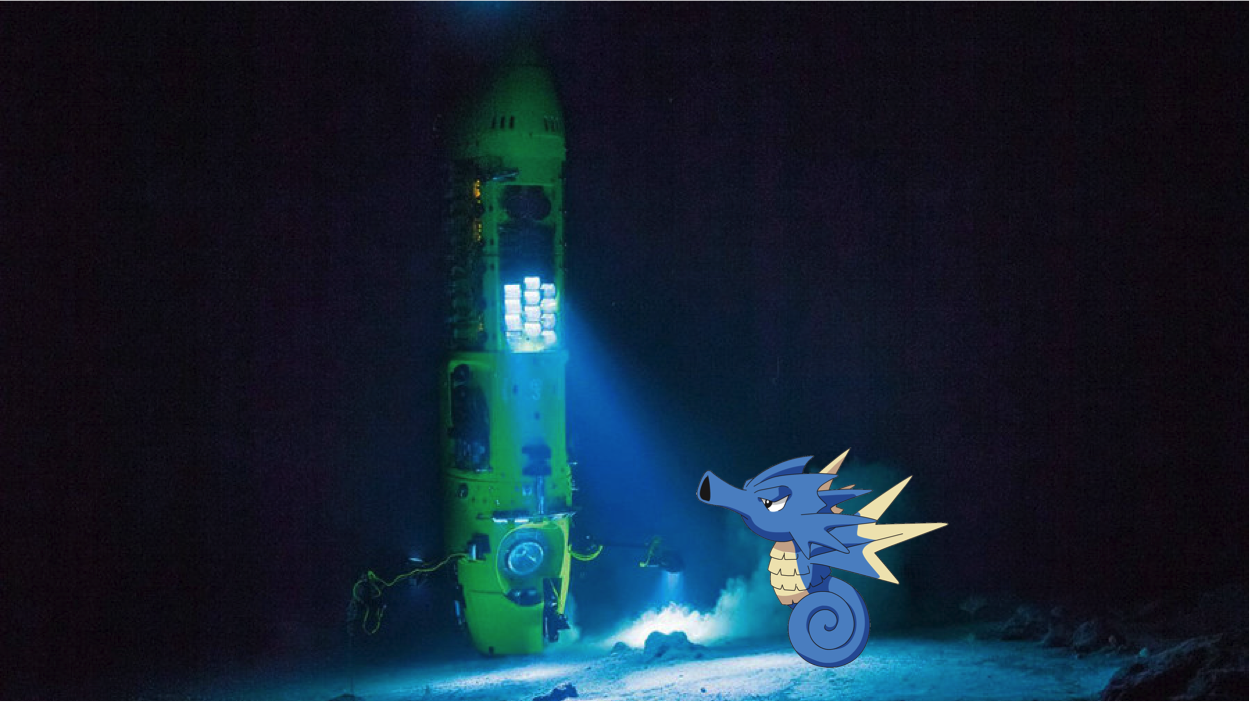
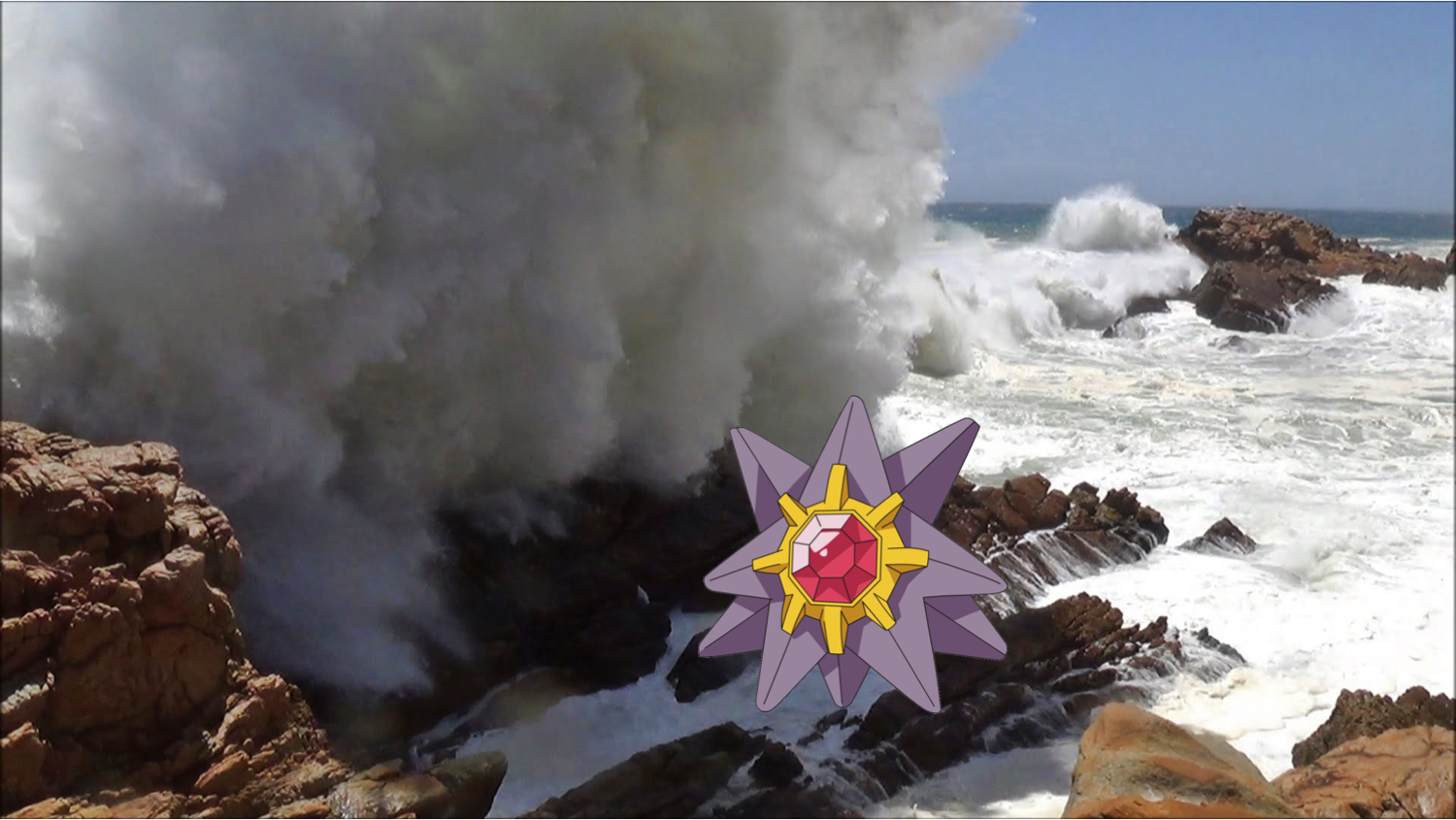
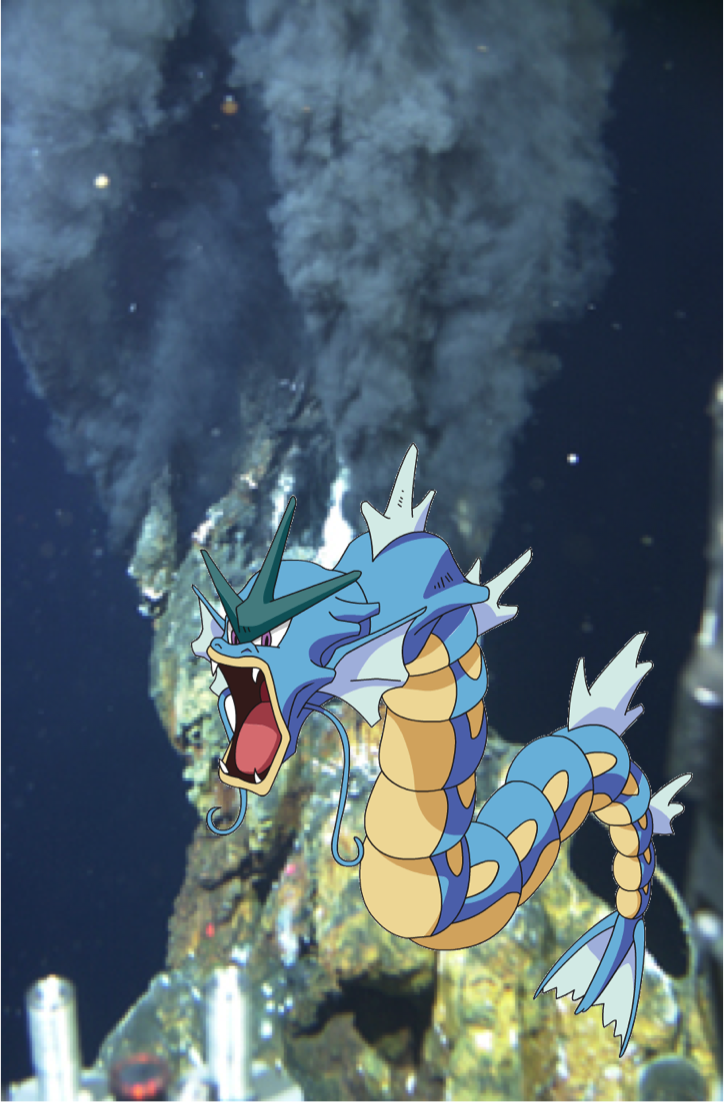
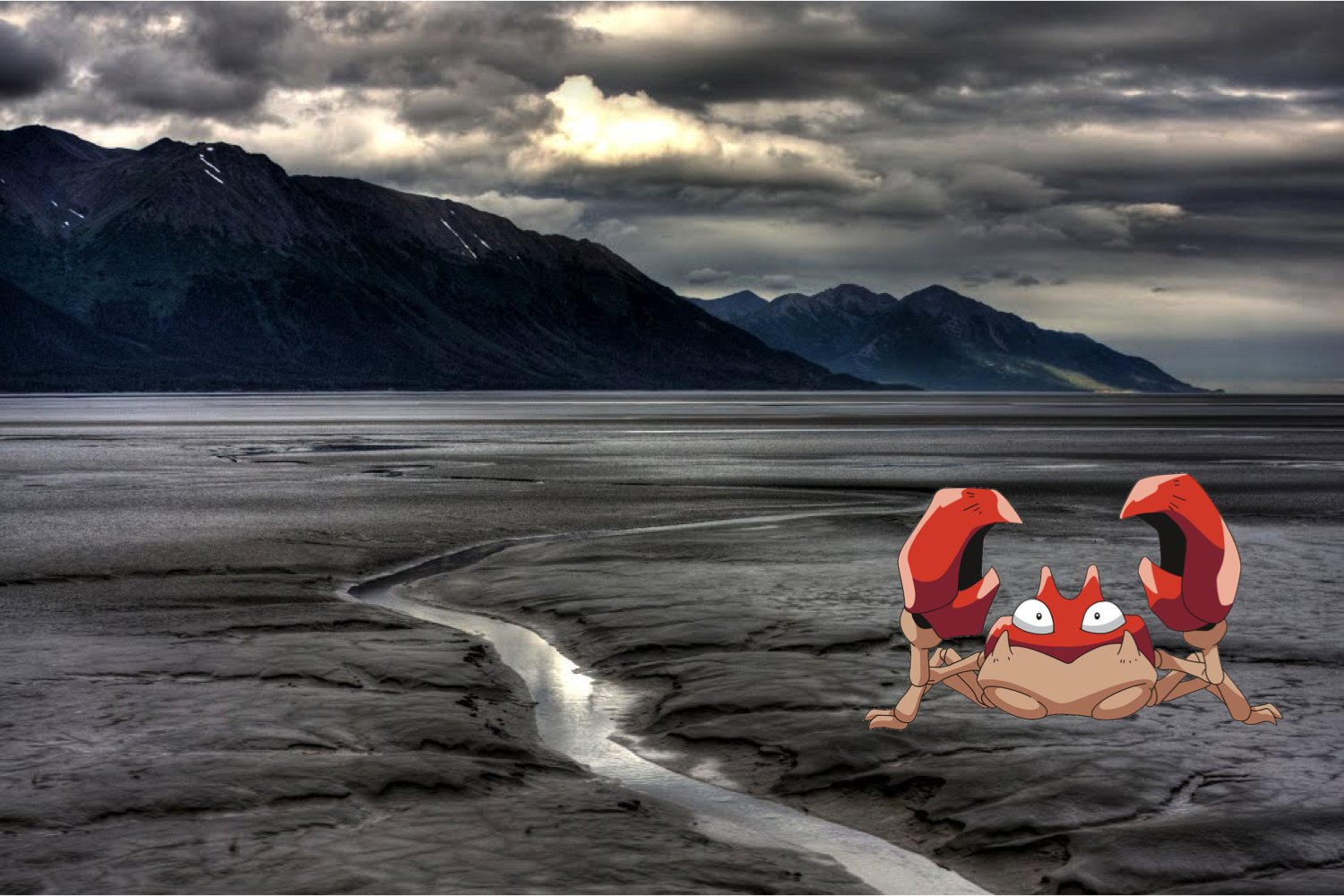
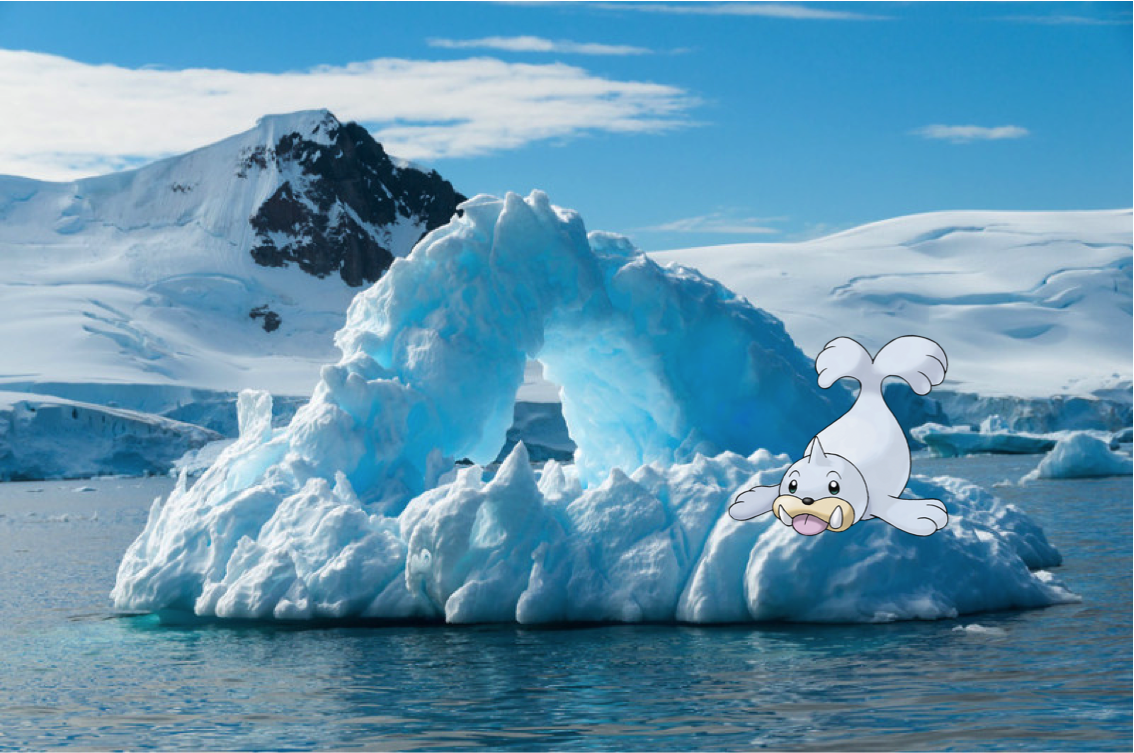





Fortunately, there are still many “you want to dive there” places in the mediterranean… Some places are very rich, a the water is quite warm. Many reasons to protect it.